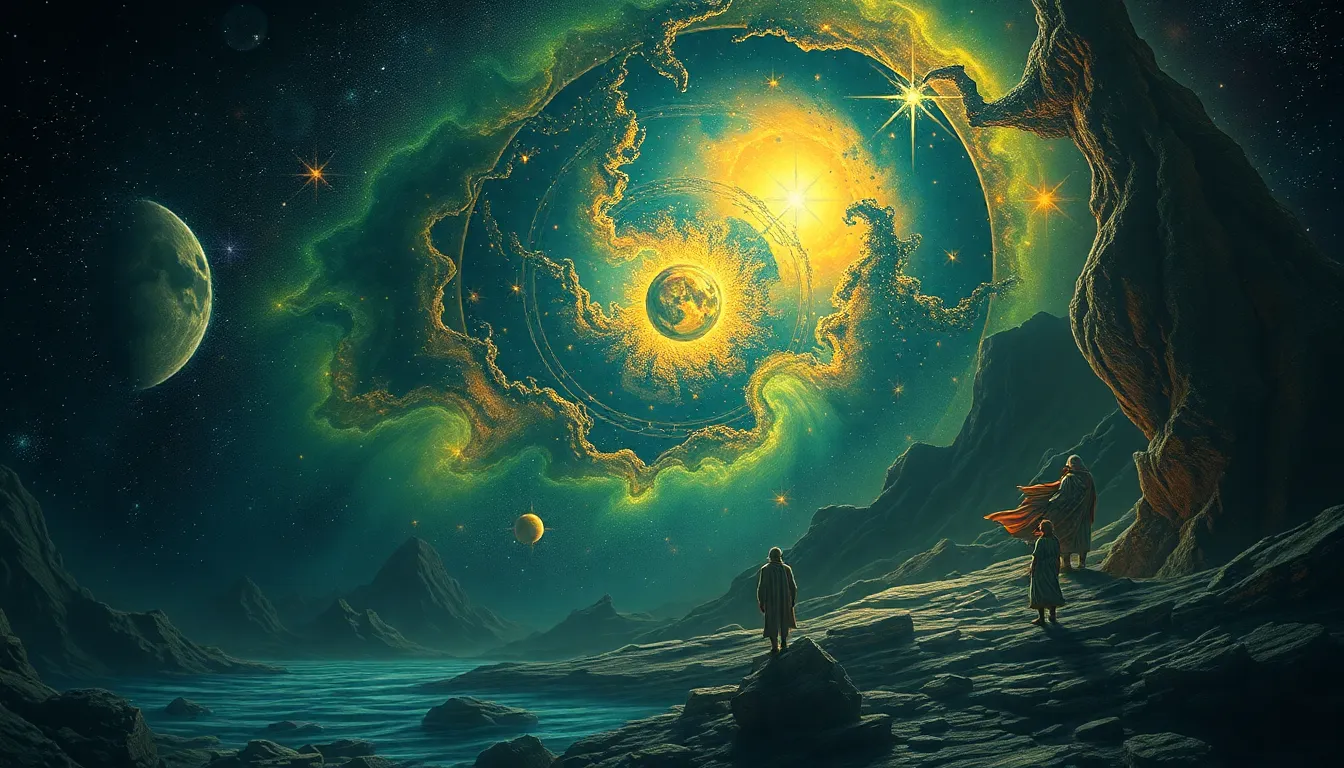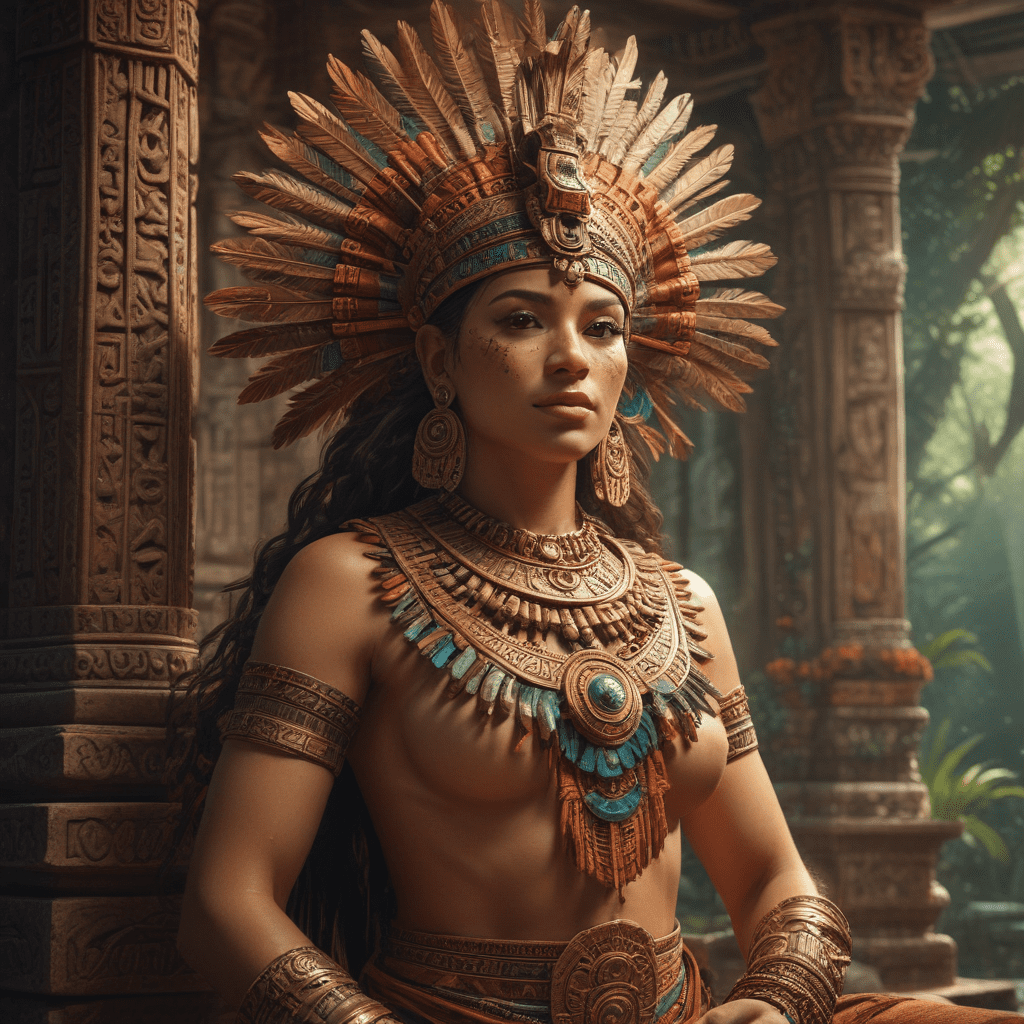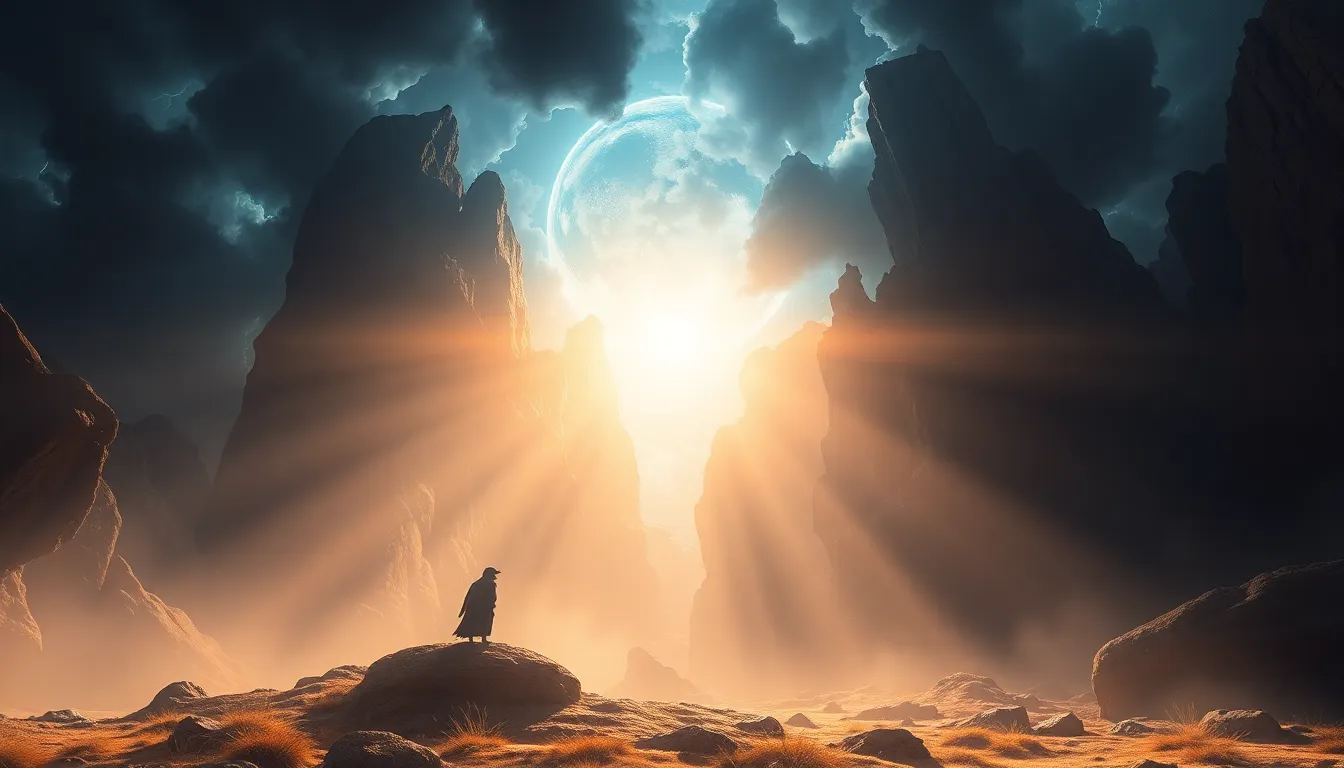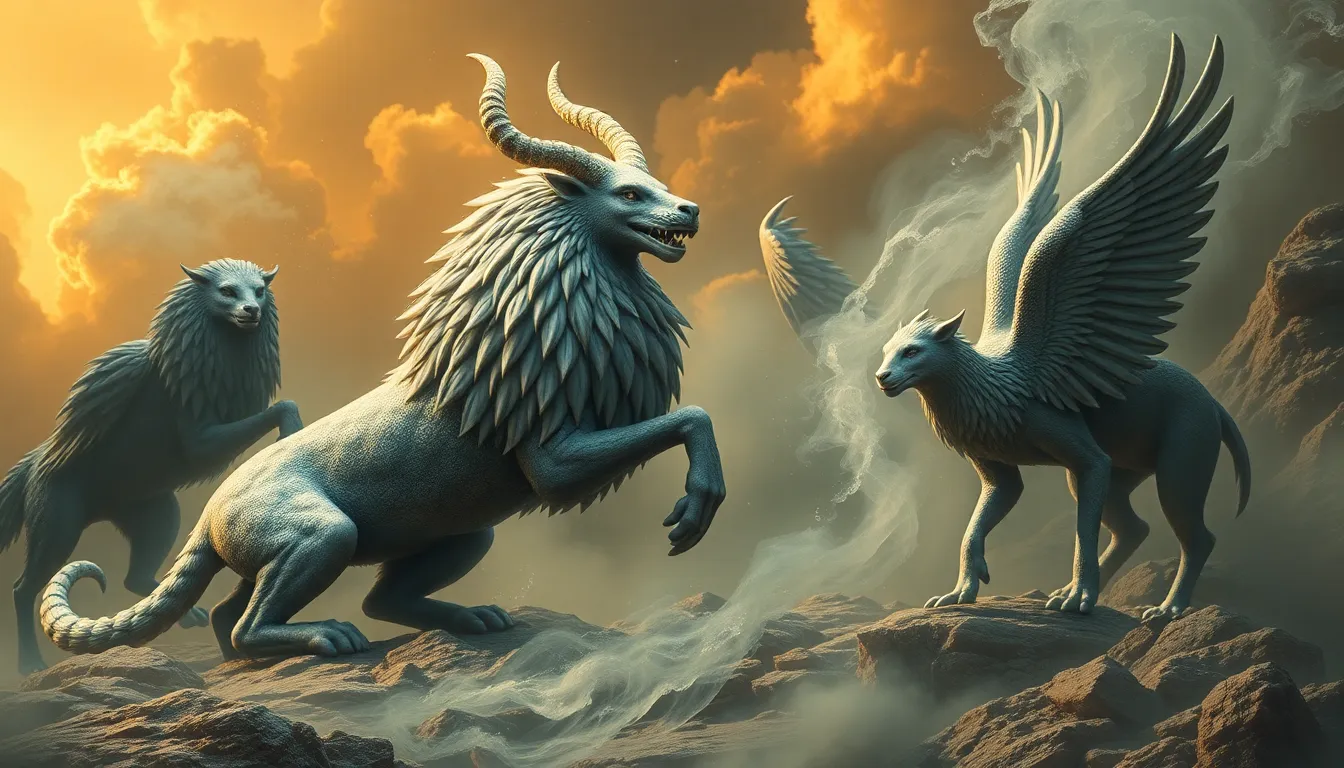The Birth of the Stars: How Creation Myths Illuminate Our Past
1. Introduction to Creation Myths and Cosmic Origins
Creation myths serve as foundational narratives that explain how the universe and humanity came into existence. These stories are deeply embedded in the cultural fabric of societies, and they often reflect the values, beliefs, and observations of the people who tell them. Among the myriad elements of creation, stars hold a significant place, symbolizing not only celestial bodies but also the mysteries of existence.
In various cultures, stars have been venerated as deities, navigational aids, and symbols of fate. They play a crucial role in our understanding of cosmology, bridging the gap between ancient beliefs and modern scientific discoveries. The relationship between myths and the cosmos reveals much about humanity’s quest to find meaning in the universe.
2. The Role of Stars in Human History
The historical significance of stars cannot be overstated. For millennia, humans have relied on celestial bodies for navigation, agriculture, and even religious practices. Ancient mariners used stars to guide their voyages, while farmers observed the positions of stars to determine the best times for planting and harvesting crops.
Early human observations of celestial phenomena led to interpretations that blended science and spirituality. Stars were often seen as messengers or embodiments of deities, influencing religious beliefs and practices. The connection between stars and spirituality has fostered a deep-seated reverence for the cosmos throughout human history.
3. Exploring Different Cultural Creation Myths
Creation myths featuring stars are prevalent across various cultures. Here are a few notable examples:
- Mesopotamian Mythology: In ancient Mesopotamia, the stars were viewed as the eyes of the gods watching over humanity. The Enuma Elish details the creation of the heavens and the earth, with celestial bodies playing central roles.
- Greek Mythology: The Greeks personified stars as deities like Helios (the Sun) and Selene (the Moon), with myths explaining their journeys across the sky and their significance in human affairs.
- Indigenous Cultures: Many Indigenous cultures have rich oral traditions that include star creation stories, often emphasizing the interconnectedness of all beings and the universe.
Across these diverse mythologies, common themes and motifs emerge, such as the struggle between chaos and order, the cyclical nature of life, and the quest for knowledge. Stars often symbolize guidance, knowledge, and the eternal nature of existence.
4. The Influence of Astronomy on Mythological Narratives
The ancient practice of astronomy significantly shaped creation myths. Observations of celestial events, such as supernovae or meteor showers, often inspired mythological narratives.
For example:
- Supernovae: The appearance of a bright new star, known as a supernova, may have been interpreted in various cultures as a sign of divine intervention or a harbinger of change.
- Meteor Showers: The Perseids meteor shower, occurring yearly, has been linked to several myths and legends, often viewed as the tears of gods or messages from the heavens.
Case studies of specific astronomical phenomena show how these events influenced the stories told by ancient peoples, reflecting their understanding of the cosmos and its impact on human life.
5. The Interplay of Science and Mythology in Understanding Stars
Historically, mythology and early astronomy were intertwined. Ancient civilizations developed their understanding of the stars through observation and storytelling, leading to a rich tapestry of myths explaining celestial phenomena.
As science has evolved, the relationship between mythology and astronomy has also changed. Myths once served as explanations for natural occurrences, but modern astronomy provides scientific explanations for what was once deemed mysterious. Nevertheless, myths continue to hold value as cultural artifacts that offer insights into the human experience.
6. Star Myths in Indigenous Cultures
Indigenous cultures worldwide have unique star creation stories that emphasize their connection to the cosmos.
For instance:
- The Navajo: The Navajo people view the stars as ancestors, with constellations representing important figures in their mythology. Their oral traditions preserve these stories, linking their identity to the cosmos.
- The Aboriginal Australians: Many Aboriginal cultures have intricate star lore, with stars representing ancestral beings and important seasonal indicators for hunting and gathering.
Oral traditions play a crucial role in preserving these stories, serving as a means of cultural transmission and reinforcing the significance of stars in Indigenous identity and cosmology.
7. The Psychological and Philosophical Implications of Star Myths
Creation myths reveal much about human nature and our place in the universe. They reflect our psychological need for narratives that provide meaning and context for our existence.
Philosophically, star myths raise questions about the nature of reality and our understanding of the cosmos:
- What does it mean to exist in a universe filled with stars?
- How do we reconcile the vastness of space with our individual lives?
These questions speak to the human condition, illustrating our innate desire to seek understanding and connection with the universe.
8. The Evolution of Creation Myths Over Time
Creation myths are not static; they evolve over time in response to new scientific discoveries and cultural exchanges. As humanity’s understanding of the universe expands, so too do the narratives that explain its origins.
Globalization has facilitated the sharing of myths, leading to adaptations and reinterpretations across cultures. Contemporary literature and media often draw upon ancient myths, reimagining them in light of modern scientific knowledge.
9. The Future of Star Myths in a Scientific World
In today’s increasingly scientific world, the relevance of creation myths remains significant. They provide a framework for understanding our existence even as we uncover the scientific explanations for star formation and cosmic events.
Myths can coexist with scientific narratives, offering us a holistic view of the cosmos. As new astronomical discoveries emerge, they may inspire new myths, further enriching our understanding of the universe.
10. Conclusion: Bridging the Gap Between Myth and Science
The exploration of creation myths surrounding stars illuminates the intricate relationship between human culture, spirituality, and the cosmos. These narratives not only reflect our ancient understanding of the universe but also continue to shape our quest for meaning in an ever-evolving scientific landscape. As we look to the stars, we are reminded of our shared history and the stories that bind us to the cosmos.




